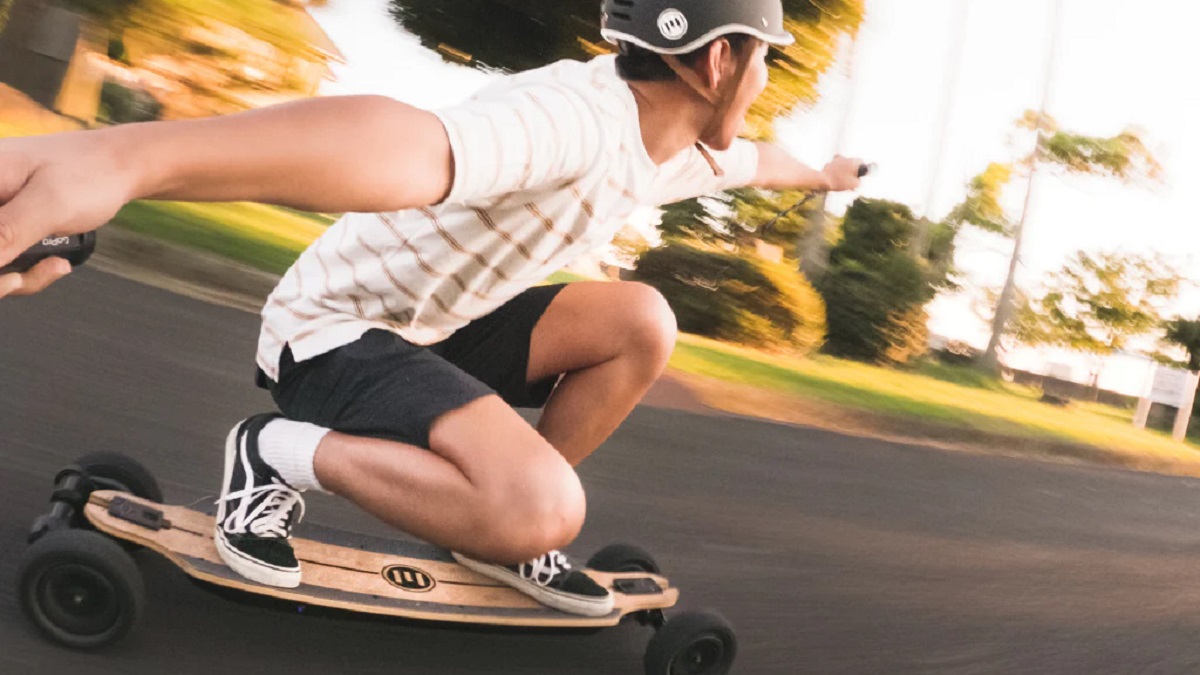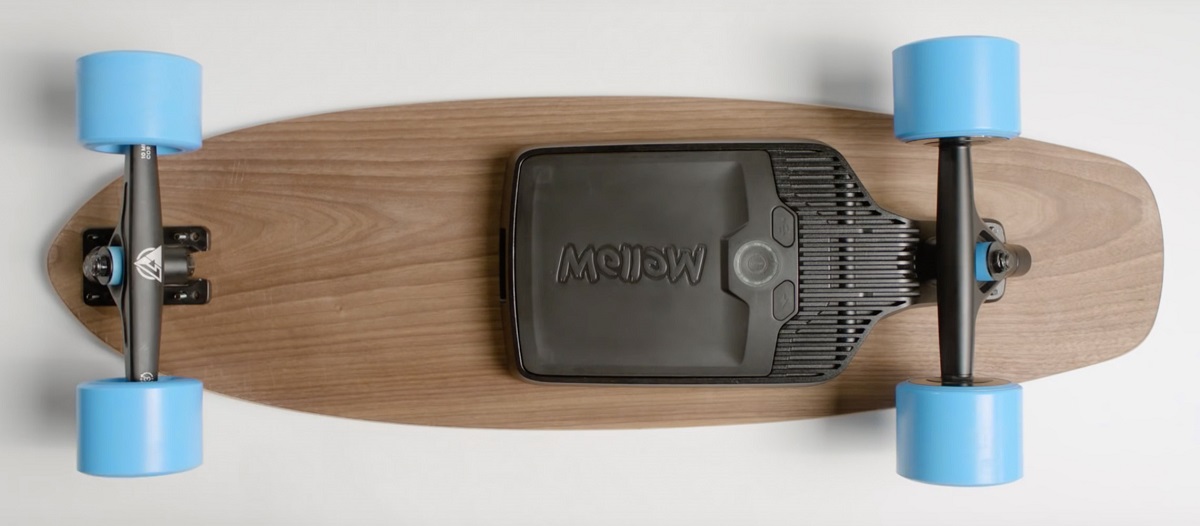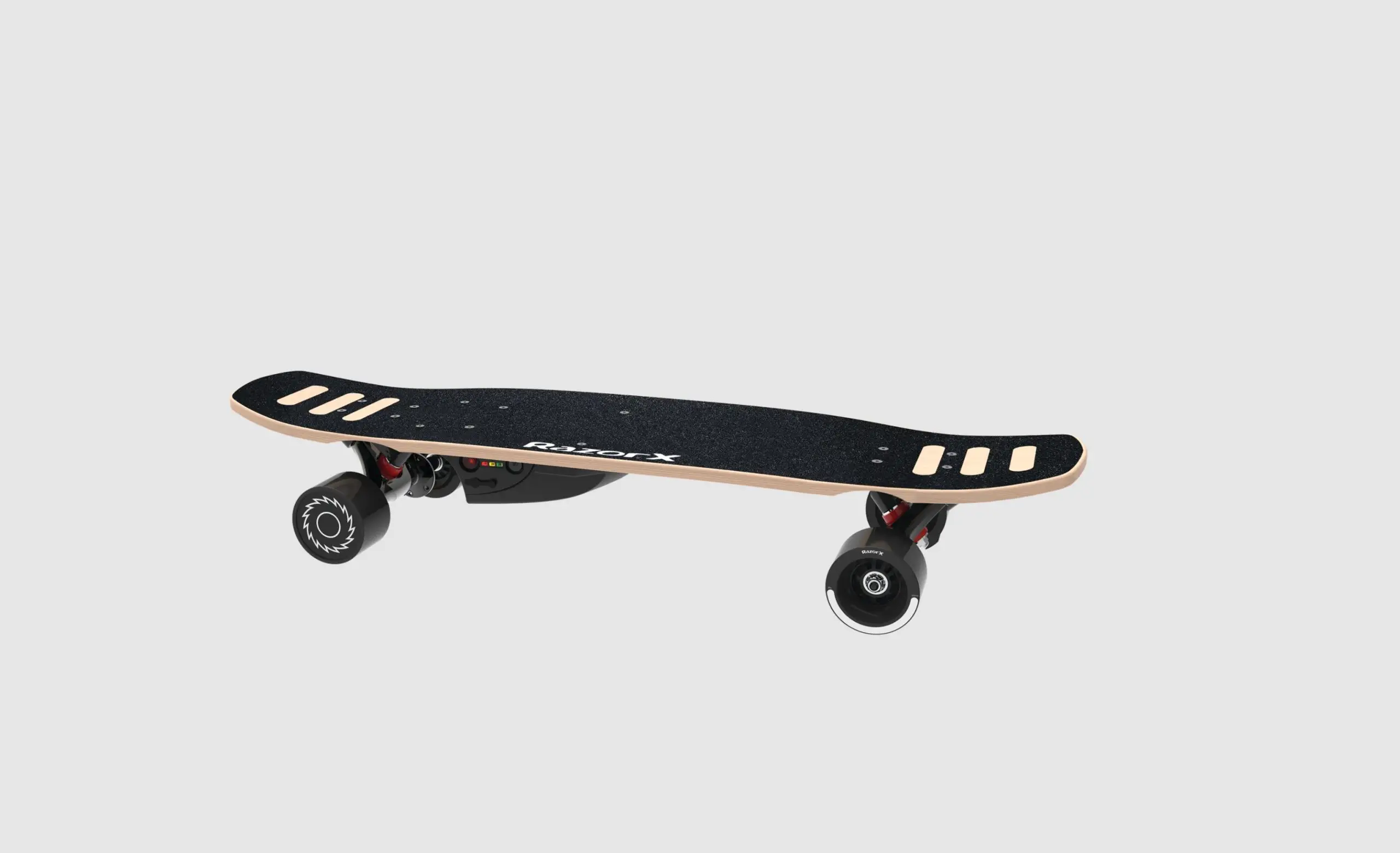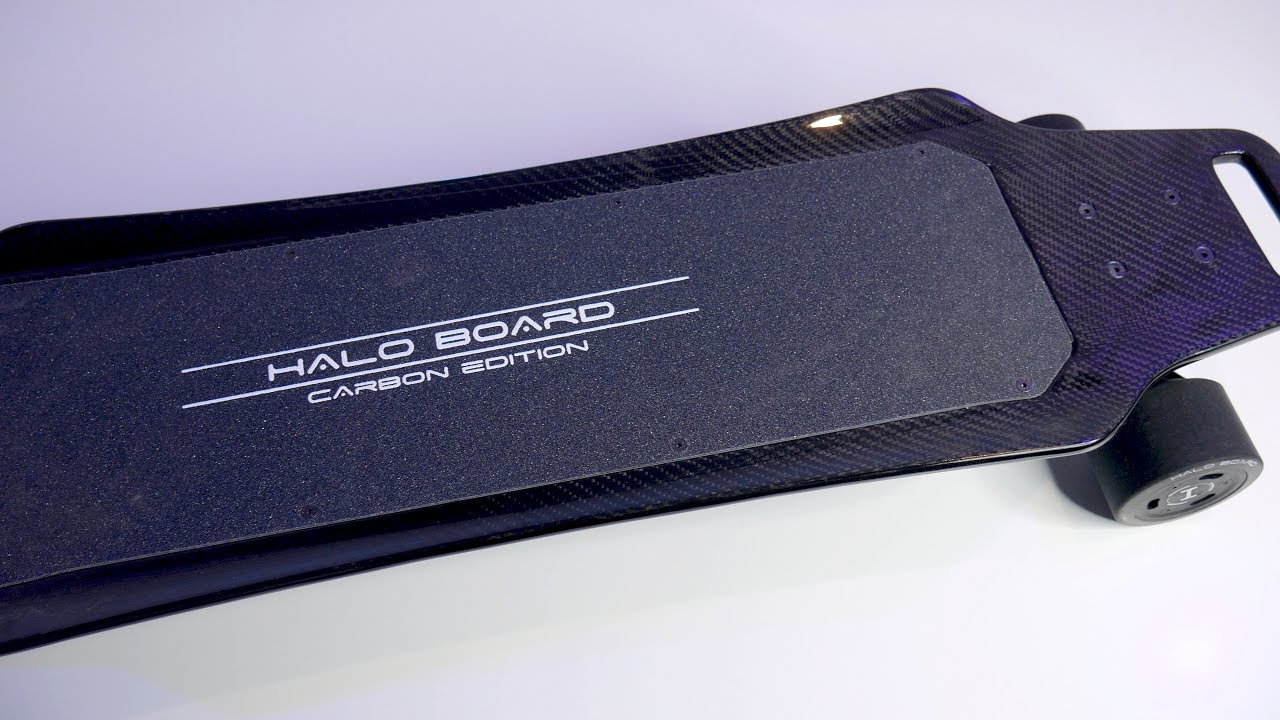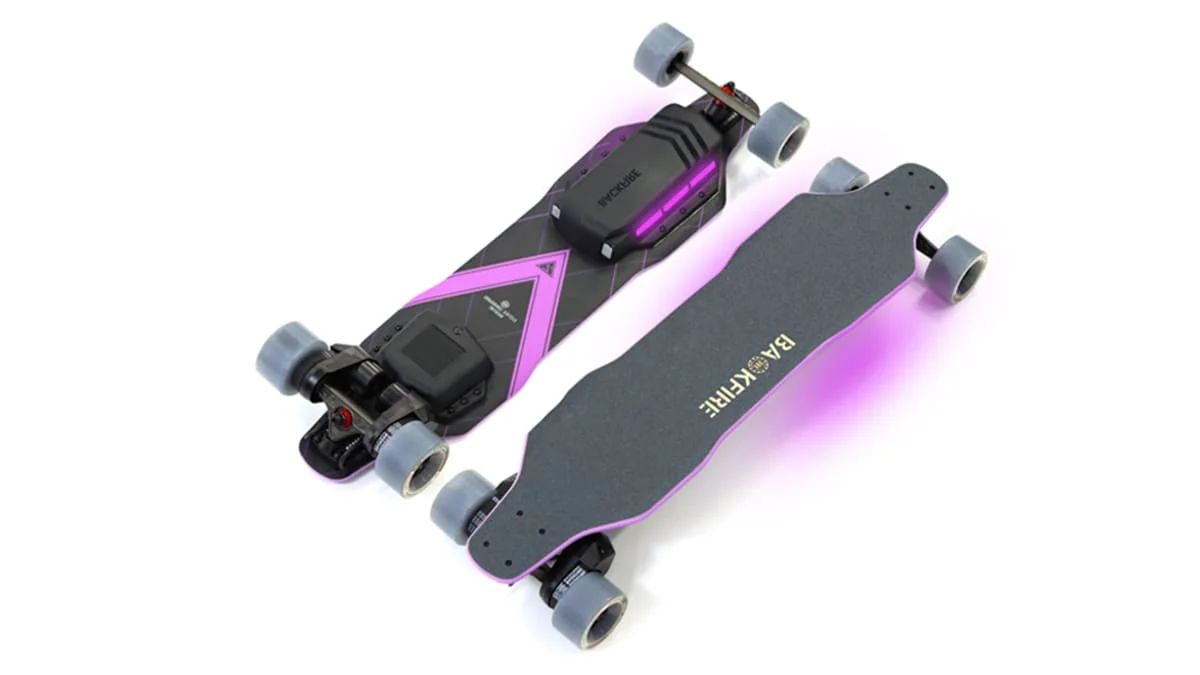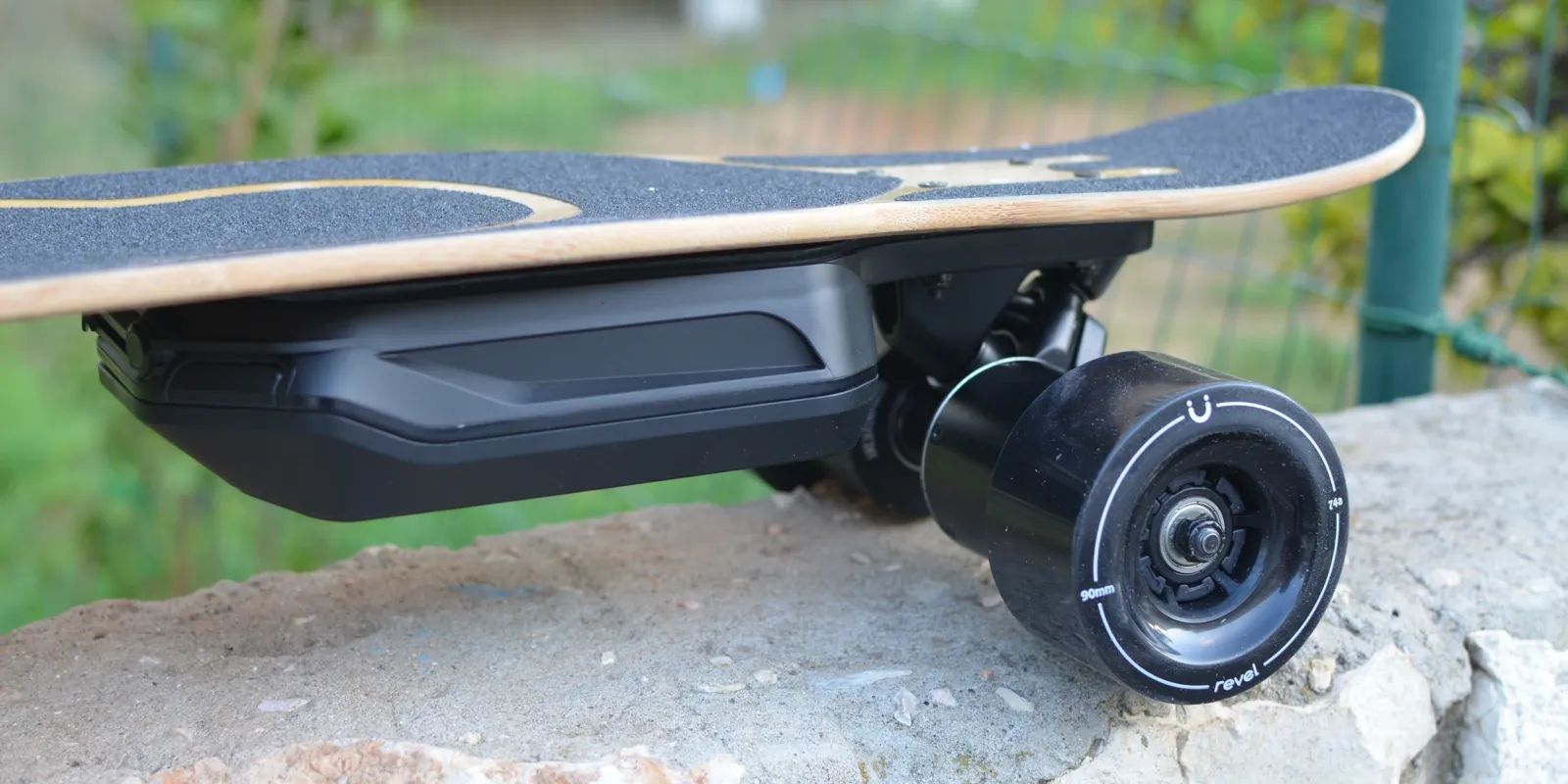Introduction
Welcome to the world of electric skateboarding! If you’re a parent wondering about the minimum age requirement for riding an electric skateboard, you’ve come to the right place. Electric skateboards have gained popularity in recent years, providing a thrilling and eco-friendly mode of transportation for riders of all ages. However, when it comes to children and electric skateboards, there are some important considerations to keep in mind to ensure their safety and well-being.
Electric skateboards are a fantastic way for kids to have fun and stay active while exploring their neighborhood or skate parks. However, it’s crucial to strike the right balance between allowing them to enjoy this exciting activity and prioritizing their safety. In this article, we’ll discuss the minimum age requirement for riding an electric skateboard, safety considerations for different age groups, parental consent and supervision, advice on choosing the right electric skateboard for your child, as well as common legal restrictions and regulations.
Whether your child is an experienced skateboarder or just starting out, it’s essential to educate yourself about the recommendations and guidelines to keep them safe. By understanding the suitable age for electric skateboarding and taking the necessary precautions, you can provide your child with an enjoyable and risk-free experience. So, let’s delve into the world of electric skateboarding and discover the age requirements and safety aspects involved!
The Minimum Age Requirement
Determining the minimum age requirement for riding an electric skateboard can be challenging, as it depends on various factors such as the child’s physical and cognitive development, coordination skills, and level of responsibility. Different manufacturers and skateboarding associations may have their own recommendations, but generally, it is advised that children be at least 8 to 12 years old before they start riding an electric skateboard.
At this age, children have usually developed enough balance and coordination to handle the speed and maneuverability of an electric skateboard. They also have a better understanding of safety rules and can follow instructions more effectively. However, it’s important to remember that every child is unique, and it’s crucial to assess their individual abilities before allowing them to ride an electric skateboard.
If your child is younger than the recommended age range, it might be best to start them off with a regular skateboard or a non-electric scooter to help them develop their balance and coordination skills. This can also serve as a stepping stone before transitioning to an electric skateboard when they are older.
Additionally, it’s essential to consider the weight limit of the electric skateboard. Most electric skateboards have a weight capacity ranging from 150 to 250 pounds, but it’s crucial to check the specific manufacturer’s guidelines to ensure the skateboard is suitable for your child’s weight.
Remember, placing too much weight on an electric skateboard can affect its performance and stability, which can compromise your child’s safety. Always follow the manufacturer’s recommendations regarding the age and weight limits to ensure your child’s safety while riding an electric skateboard.
Safety Considerations for Different Age Groups
When it comes to electric skateboarding, safety should always be a top priority, regardless of the rider’s age. However, there are specific safety considerations to keep in mind for different age groups to ensure a safe and enjoyable experience.
1. Children aged 8-12 years: At this age, children are typically developing their motor skills and may have limited experience with riding skateboards. It’s important to provide them with proper protective gear, such as a helmet, knee pads, and elbow pads, to minimize the risk of injury. Start by teaching them how to maintain their balance, brake, and steer the electric skateboard and ensure they have a clear understanding of the safety rules and precautions.
2. Adolescents aged 13-17 years: As teenagers grow older, they may have more experience with skateboarding or other similar activities. However, it’s still crucial to reinforce the use of protective gear and to educate them about the potential dangers of riding an electric skateboard at high speeds or in busy areas. Encourage responsible behavior on the road, such as obeying traffic rules and being aware of their surroundings. Emphasize the importance of not riding under the influence of substances that may impair their judgment or reaction time.
3. Adults and experienced riders: Adults who are experienced riders may already be familiar with the safety aspects of electric skateboarding. However, even for experienced riders, it’s important to regularly inspect the skateboard for any signs of wear or damage, such as loose batteries or faulty braking systems. Always ride in designated areas and be cautious of pedestrians, cyclists, and other vehicles sharing the road.
Regardless of age, it’s crucial to emphasize the need for ongoing supervision and guidance for younger riders. Parents or guardians should always supervise children when they are riding an electric skateboard, especially in the early stages. Encourage them to practice in safe and controlled environments, away from traffic and potential hazards.
By considering these safety guidelines for different age groups and promoting responsible riding practices, you can ensure a safe and enjoyable electric skateboarding experience for riders of all ages.
Parental Consent and Supervision
When it comes to children and electric skateboarding, parental consent and supervision play pivotal roles in ensuring their safety and well-being. As a parent, it’s crucial to be actively involved in your child’s electric skateboarding journey and provide them with the necessary guidance and support.
Before allowing your child to ride an electric skateboard, it’s essential to have a conversation about the risks and responsibilities involved. Teach them about the importance of following safety guidelines and demonstrate the correct way to use protective gear, such as helmets, knee pads, and elbow pads. Emphasize the need to wear these safety accessories at all times while riding the electric skateboard.
In addition to educating your child about safety measures, it’s important to supervise them closely, especially in the beginning stages. Start by allowing them to ride in controlled environments, such as an empty parking lot or a quiet street, where there are minimal obstacles and distractions. Gradually increase the complexity of the riding environment as they gain confidence and skills.
Furthermore, accompany your child on their electric skateboarding outings if possible. This not only allows you to keep an eye on their activities but also provides an opportunity for shared experiences and bonding. It’s crucial to be aware of their riding habits and address any concerns or potential issues that may arise.
As a parent, it’s essential to continually assess your child’s readiness and capabilities. Be vigilant in monitoring their physical and cognitive development, ensuring that they are able to handle the speed and maneuverability of the electric skateboard safely. Remember, each child is unique, and some may require more time and practice to master the skills needed for electric skateboarding.
By remaining actively involved, providing consent, and offering close supervision, you can help ensure that your child has a safe and enjoyable electric skateboarding experience. Your guidance and support are paramount in their journey towards becoming responsible and confident electric skateboard riders.
Advice on Choosing the Right Electric Skateboard for Your Child
Choosing the right electric skateboard for your child is crucial to their safety and enjoyment. With a wide range of options available in the market, it’s important to consider several factors before making a decision. Here are some valuable tips to help you select the most suitable electric skateboard for your child:
1. Size and Weight: Ensure that the skateboard is the right size for your child. Consider their height and weight to determine the appropriate skateboard dimensions. Choosing an electric skateboard that is too large or heavy for your child can make it more difficult for them to control and maneuver safely.
2. Speed and Control Settings: Look for electric skateboards that offer adjustable speed and control settings. This allows you to start at lower speeds and gradually increase as your child gains confidence and experience. The ability to adjust the speed can be particularly crucial for younger riders who may be less familiar with riding skateboards.
3. Range and Battery Life: Consider the distance your child is likely to cover on a single ride and choose an electric skateboard with an appropriate range. It’s recommended to opt for a skateboard with a battery life that can comfortably cover the desired distance without running out of power.
4. Safety Features: Prioritize electric skateboards that come with safety features such as reliable braking systems and LED lights for enhanced visibility. These features can contribute to a safer riding experience, especially when riding in low-light conditions or near traffic.
5. Reviews and Recommendations: Spend time researching and reading reviews from other parents and riders to gain insights into different electric skateboard options. Look for reliable brands with a positive reputation for quality and safety. Don’t hesitate to seek recommendations from experts or experienced riders who have firsthand knowledge of using electric skateboards for children.
6. Budget Considerations: Determine your budget before exploring the options. While it’s important to prioritize safety and quality, there are still electric skateboards available at various price points. Consider the features and specifications that are essential for your child’s needs and find a balance between price and value.
Remember, choosing the right electric skateboard for your child requires careful consideration of their size, ability, and safety features. By taking the time to research and assess different options, you can provide your child with an electric skateboard that meets their needs and ensures a safe and enjoyable riding experience.
Common Legal Restrictions and Regulations
When it comes to electric skateboarding, it’s important to be aware of the legal restrictions and regulations that may apply in your area. These regulations are designed to ensure the safety of riders and others sharing the roads or public spaces. While specific laws may vary depending on your location, here are some common legal restrictions and regulations to consider:
1. Age Restrictions: Some areas have age restrictions in place for riding electric skateboards. This means that riders must be above a certain age to legally operate an electric skateboard on public roads or designated areas. It’s crucial to familiarize yourself with the age restrictions in your locality and adhere to them to avoid any legal consequences.
2. Speed Limits: Some jurisdictions impose speed limits for electric skateboards. These limits are usually in place to ensure the safety of riders and prevent excessive speeds that may lead to accidents. As a responsible rider, it’s important to be aware of and adhere to any applicable speed limits while operating an electric skateboard.
3. Helmet Laws: In many places, wearing a helmet is mandatory when riding an electric skateboard. This is to protect riders from head injuries in case of accidents or falls. It’s crucial to comply with these helmet laws and ensure that your child always wears an approved helmet when riding an electric skateboard to meet safety requirements.
4. Road Use Regulations: Electric skateboards are often classified as “personal mobility devices” or “light electric vehicles.” Therefore, they may be subject to the same road use regulations as bicycles or other similar vehicles. It’s important to understand these regulations and follow road signage, traffic signals, and lane guidelines when operating an electric skateboard on public roads.
5. Sidewalk Riding Restrictions: Depending on the local regulations, there may be restrictions on riding electric skateboards on sidewalks or pedestrian areas. This is to ensure the safety of pedestrians and prevent any potential collisions or disturbances. Be aware of any restrictions in your area and ride your electric skateboard in designated areas or on the road if necessary.
6. Public Space Limitations: Some locations may have limitations on where electric skateboards can be used. This can include parks, recreational areas, or specific zones where electric skateboards are prohibited. Always check with local authorities or signage to identify any restrictions on where you can ride your electric skateboard.
To ensure a safe and legal electric skateboarding experience for your child, it’s essential to familiarize yourself with the specific legal restrictions and regulations that apply in your area. By following these regulations and encouraging responsible riding practices, you can enjoy the benefits of electric skateboarding while adhering to the law.
Benefits and Drawbacks of Introducing Electric Skateboards to Children at a Young Age
Introducing electric skateboards to children at a young age can have several benefits, but it’s important to weigh these against the potential drawbacks. Let’s explore both sides to help you make an informed decision:
Benefits:
1. Fun and Exercise: Electric skateboarding provides children with an enjoyable way to stay active and engage in physical exercise. It promotes balance, coordination, and motor skills development, all while having fun.
2. Independent Transportation: Electric skateboards can serve as a convenient mode of transportation for children, especially in communities with limited access to public transportation. It allows them to become more self-reliant and gain a sense of independence.
3. Environmental Friendliness: Electric skateboards are eco-friendly alternatives to traditional transportation methods. They run on rechargeable batteries, emitting zero emissions, and contributing to a cleaner environment.
4. Confidence and Personal Development: Mastering electric skateboarding can boost a child’s confidence and self-esteem. It teaches them perseverance, goal-setting, and overcoming challenges, leading to personal growth and development.
Drawbacks:
1. Safety Risks: Electric skateboarding involves unique safety considerations. Children may be more prone to accidents and injuries due to factors such as their development, limited experience, and lack of judgment. Proper safety gear, supervision, and education are essential to mitigate these risks.
2. Damage to Property: Electric skateboards can cause damage to property, especially when children are learning to control them. It’s important for parents to establish boundaries and educate children on respecting private and public spaces.
3. Distraction and Lack of Focus: Excessive use of electric skateboards can potentially lead to distraction and reduced focus on other important activities such as schoolwork or social interactions. It’s crucial to set limits on usage and encourage a healthy balance between different aspects of a child’s life.
4. Cost and Maintenance: Electric skateboards can be a significant investment, and ongoing maintenance may be required. Considering the cost and ensuring that you can financially support the hobby is an important aspect to consider.
When deciding whether to introduce electric skateboards to children at a young age, it’s crucial to balance the benefits and drawbacks. Providing proper supervision, education, and safety precautions can help maximize the positive aspects while mitigating the risks involved. Lastly, understanding your child’s individual capabilities and ensuring they have the necessary skills and maturity to handle an electric skateboard safely is paramount.
Conclusion
As we conclude our exploration of the minimum age requirement and considerations for introducing electric skateboards to children, it’s evident that safety should be the top priority. While electric skateboarding can provide an exhilarating and enjoyable experience for children, it’s crucial to ensure that they are mature enough, physically capable, and adequately supervised. The minimum age requirement for electric skateboarding generally falls between 8 to 12 years old, but it’s important to assess each child’s individual abilities and follow manufacturer guidelines.
Parental consent and supervision play a crucial role in ensuring the safety of children while they ride electric skateboards. By actively participating in their electric skateboarding journey, providing guidance, enforcing safety rules, and choosing the right gear, parents can help their children navigate this thrilling activity responsibly.
It’s also important to be aware of the legal restrictions and regulations in your area, such as age restrictions, speed limits, and helmet laws. Understanding and adhering to these regulations will ensure that your child is riding within the boundaries of the law and contributing to a safe riding environment.
Introducing electric skateboards to children at a young age comes with numerous benefits, including promoting physical activity, independence, and environmental consciousness. However, it’s important to carefully consider the potential drawbacks, such as safety risks and distractions. By striking the right balance and addressing these challenges, parents can empower their children to enjoy the benefits of electric skateboarding while responsibly managing the associated risks.
In conclusion, electric skateboarding can be a thrilling and enjoyable activity for children when approached with proper guidance, supervision, and safety precautions. By considering the age requirements, adhering to regulations, and prioritizing the well-being of your child, you can create a safe and positive electric skateboarding experience that fosters their growth, confidence, and love for active outdoor adventures.







